A well-planned planting calendar is essential for successful gardening in Zone 6.
A Zone planting calendar provides valuable guidance for gardeners in regions with a specific climate type. Zone 6 refers to areas with particular temperature ranges and frost dates, which influence optimal planting times for various plants.
This article briefly summarizes important gardening tasks by month, including estimated last and first frost dates, tips for utilizing seed packet information, and the consequences of planting too early or too late.

Table of Contents
Zone 6 Frost Dates
Zones are a geographical classification, typically the US Department of Agriculture (USDA) Hardiness Zone, which helps gardeners know plant hardiness based on their region’s climatic conditions.
The average yearly lowest temperature for Zone 6 ranges from -10°F (-23°C) to 0°F (-18°C).
The frost dates mark the average occurrence of the first and last frosts in the region and are subject to variations from year to year.
- Last Frost Date: The usual time frame for the last frost in Zone 6 falls between April 1 and April 21.
- First Frost Date: Typically, the first frost of the fall in Zone 6 occurs between October 17 and 31.
January

Although January is typically a cold month in Zone 6, you can start planning and preparing your garden for the upcoming season. Start by organizing seeds and purchasing necessary supplies.
Indoors, begin sowing seeds of cool-season vegetables like lettuce, cabbage, broccoli, spinach, and kale. Flowers such as pansies and snapdragons can be started indoors as well. It is also an ideal time to prune fruit trees and dormant shrubs.
February

February is still a month of preparation, particularly for early spring crops.
It’s time to sow more seeds indoors as the days get longer.
You can start vegetables like broccoli, cabbage, and Brussels sprouts from seeds. Flowers such as marigolds and petunias can also be sown indoors.
You can also sow seeds indoors for warm-season vegetables like tomatoes, peppers, and eggplants. Additionally, start planning and preparing garden beds for early spring planting when the weather allows.
As the estimated first frost date approaches, be cautious about exposing tender plants to the cold. Protect seedlings with row covers, or consider using cold frames or greenhouses to extend the growing season.
March
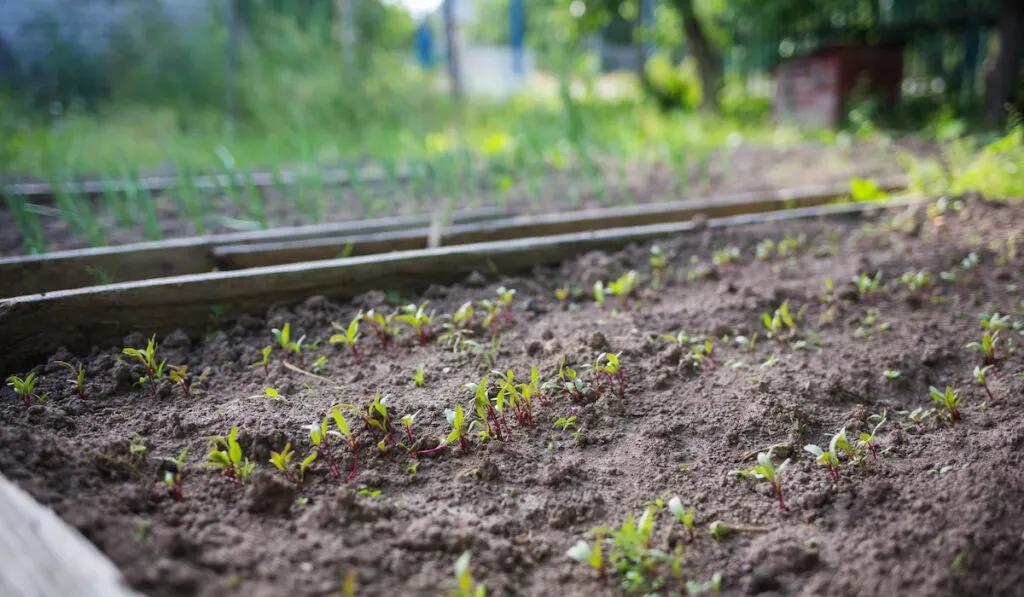
March marks the beginning of the gardening season in Zone 6.
As the last frost date approaches, directly sow cool-season vegetables like carrots, lettuce, spinach, beets, and peas into the garden beds.
Transplant seedlings started indoors during the earlier months into larger pots in preparation for planting outside in the next 6 weeks. Prune roses and fruit trees before new growth fully emerges.
Be mindful of the estimated days to harvest mentioned on seed packets, as planting early or late can affect the growth and maturity of the plants.
April
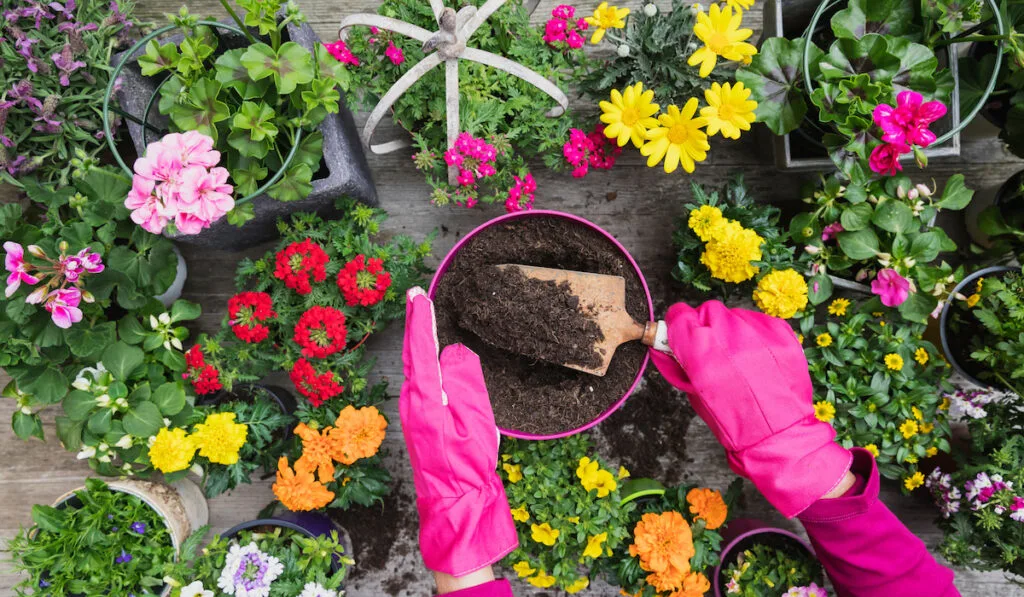
Estimated Last Frost Date: Mid to Late April
April is a busy month for planting in Zone 6. The risk of frost decreases, allowing for more diverse planting options.
With the arrival of warmer temperatures, you can transplant seedlings into the garden and sow seeds for a variety of vegetables and herbs.
Start sowing warm-season vegetables like tomatoes, peppers, and cucumbers indoors for later transplanting. Directly sow radishes, lettuce, and Swiss chard in the garden.
Plant flowering annuals like zinnias and cosmos. Begin herb garden plantings with basil, parsley, and cilantro for culinary delights.
Pay attention to the days to harvest information on seed packets to determine the optimal time for planting specific crops.
May
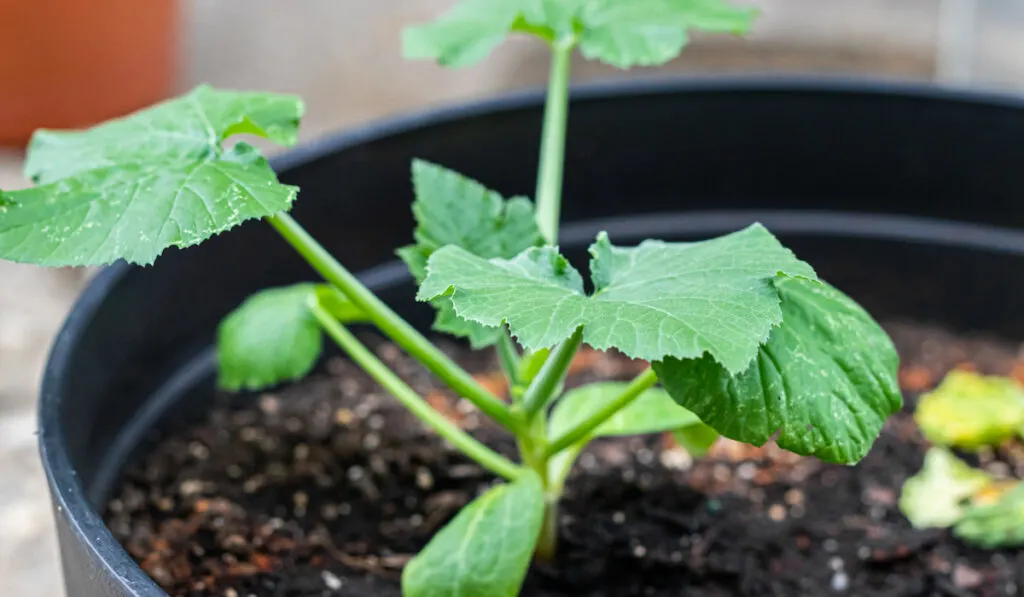
May is an ideal time for planting warm-season crops in Zone 6.
It’s the month for transitioning from indoor seedlings to outdoor gardens. By May, the risk of frost is mostly past, allowing for planting tender vegetables like tomatoes, cucumbers, and squash directly into the garden.
Harden off seedlings by gradually exposing them to outdoor conditions. Transplant warm-season vegetables like squash, melons, and beans. Directly sow corn, pumpkins, and sunflowers.
Plant flowering perennials such as lavender and coneflowers. Herbs like thyme, sage, and oregano can be established in the garden.
June
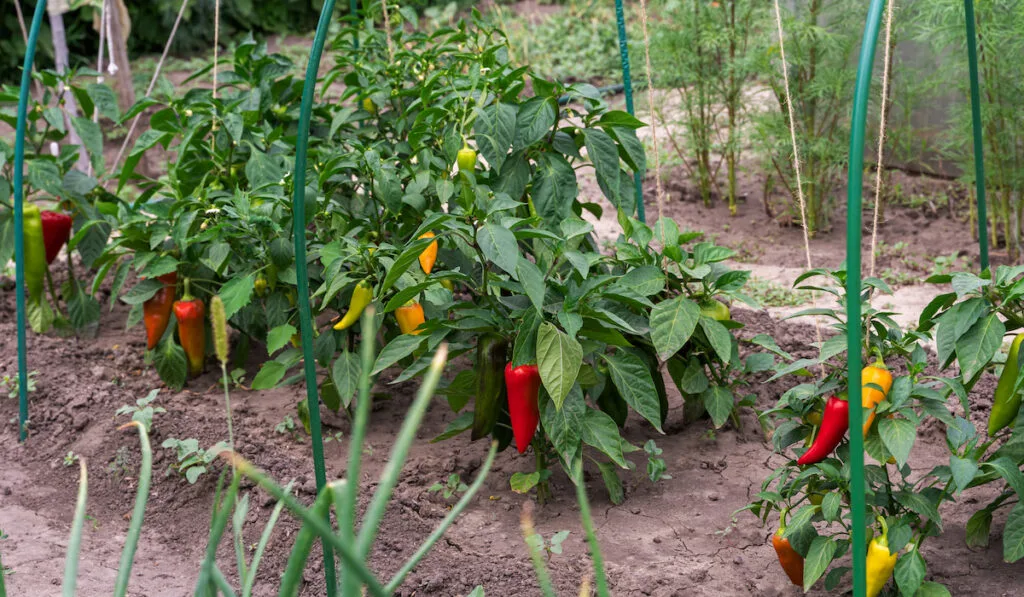
Continue planting warm-season vegetables and flowers. Sow beans, okra, corn, melons, peppers, and cucumbers directly in the garden.
You can add more colors to your garden with blooming flowers like sunflowers, impatiens, and lavender. Monitor soil moisture and maintain a regular watering schedule to ensure healthy growth. Regularly check for pests and diseases, and take appropriate measures to control them.
If you haven’t already done so, mulch around plants to conserve moisture, suppress weeds, and regulate soil temperature.
Continue planting heat-loving crops and consider planting quick-maturing varieties for a late-season harvest. Harvest early crops and enjoy the abundance of fresh produce. Herbs like rosemary, thyme, sage, and mint thrive during this time.
July
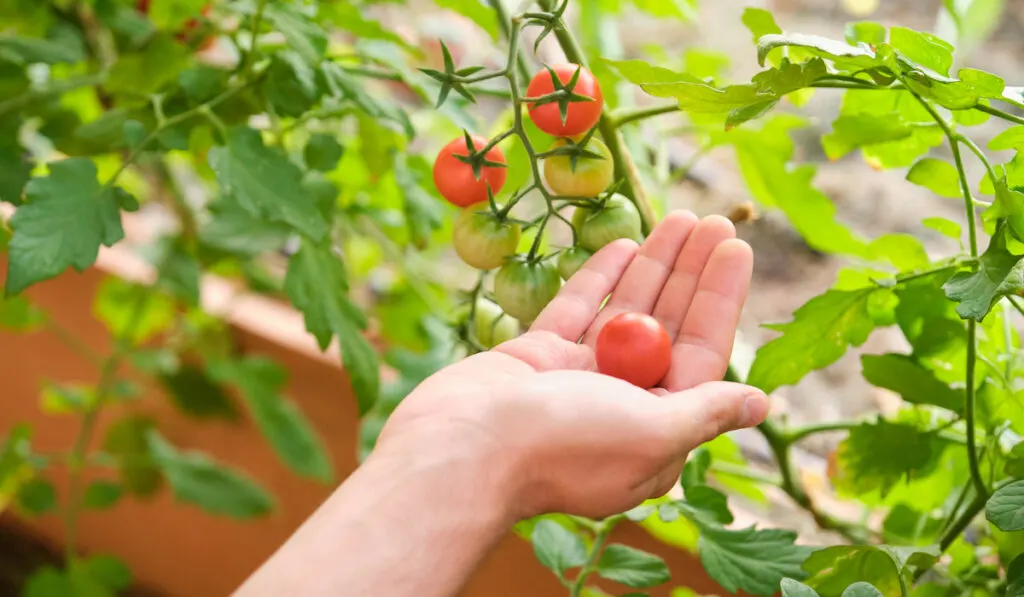
July is typically the peak of the growing season in Zone 6.
Continue planting warm-season crops such as sweet potatoes and tomatoes.
Many vegetables planted earlier in the season will be ready for picking. Keep an eye on the days to harvest mentioned on seed packets to ensure you harvest at the peak of flavor and quality.
Harvest vegetables like peppers, eggplants, and summer squash. Deadhead flowers to encourage continuous blooming. Harvest herbs for drying or immediate use.
Also, plan for fall crops by starting seeds indoors or directly sowing cool-season vegetables towards the end of the month.
August

August is a transitional month in Zone 6 from summer to fall gardening Here, you’ll start planning on fall and winter crops.
Keep harvesting summer crops like tomatoes, peppers, and cucumbers while they’re still producing.
Start sowing cool-season vegetables like broccoli, cauliflower, and carrots as temperatures cool slightly.
Transplant seedlings of kale, spinach, and lettuce. Sow biennial flowers such as foxgloves and hollyhocks. Harvest herbs for drying or making herb-infused oils and vinegar.
Pay attention to the estimated first frost date and the days to maturity indicated on seed packets to ensure a timely harvest before the first frost hits.
September
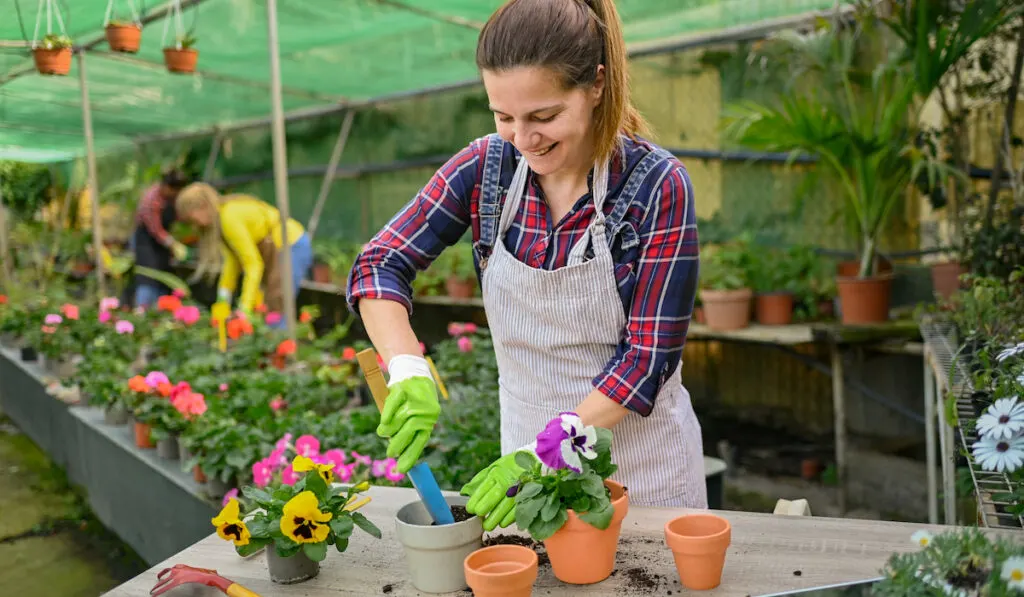
Harvest any remaining summer crops like beans, zucchini, and melons before the first frost arrives.
Start transplanting seedlings of cool-season vegetables into the garden, such as Brussels sprouts, cabbage, and radishes. Sow lettuce, arugula, and Swiss chard seeds for a fresh fall harvest.
Consider planting flowers like asters, mums, and pansies for vibrant fall colors. This is also a great time to divide and transplant perennials.
If you have fruit trees, harvest apples, pears, and late-season berries. Preserve them through canning or making jams and pies.
As the first frost date approaches, consider using season extenders like row covers, cold frames, or tunnels to protect sensitive plants and prolong the growing season.
October
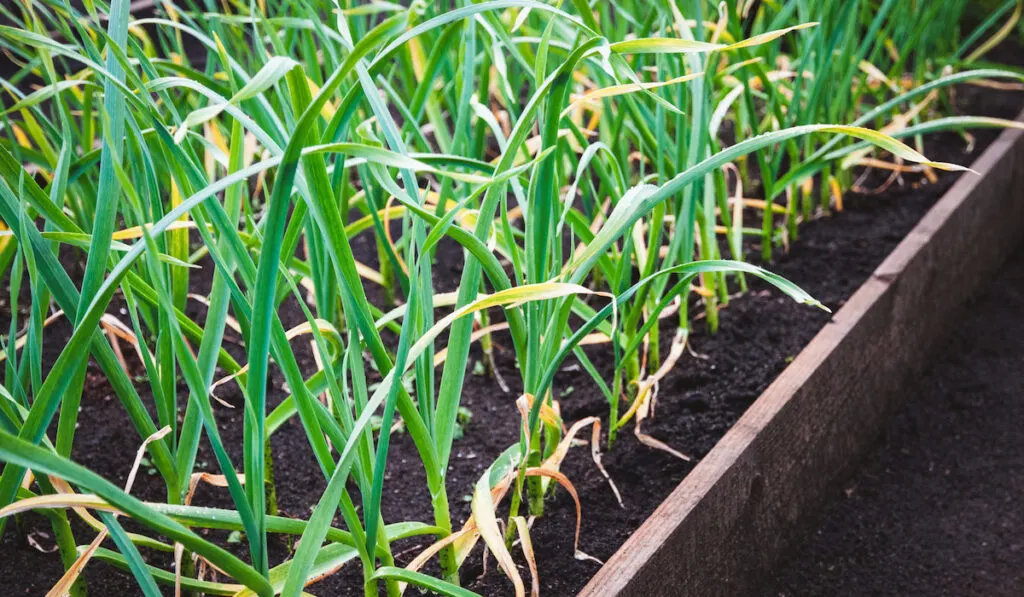
Estimated First Frost Date: Early to Mid-October
Harvest the last of your summer crops in October and prepare your garden for winter. Harvest remaining vegetables and herbs before the first frost hits. Clear out spent plants, remove weeds, and add organic matter to the soil.
Consider planting cover crops, such as winter rye or clover, to improve soil fertility and prevent erosion during the winter months.
Plant garlic cloves for next year’s harvest. They will overwinter and produce flavorful bulbs in the following summer.
Add bursts of color to your garden with fall-blooming flowers such as marigolds, dahlias, and ornamental kale.
Consider drying flowers like hydrangeas and ornamental grasses for autumn decorations.
November

November is a time for winterizing your garden in Zone 6.
Protect perennial plants by applying mulch around their bases to insulate roots from freezing temperatures. Clean and store gardening tools properly. Plant winter-hardy vegetables like Brussels sprouts, kale, and collard greens for a continuous harvest throughout the winter.
This is a good time to plant bare-root fruit trees and shrubs. Ensure proper watering and protect them from winter winds.
Protect delicate herbs like rosemary and thyme by moving them indoors or covering them with frost blankets.
Plan and prepare for next year’s garden by reviewing your successes and challenges from the current season and making necessary adjustments.
December
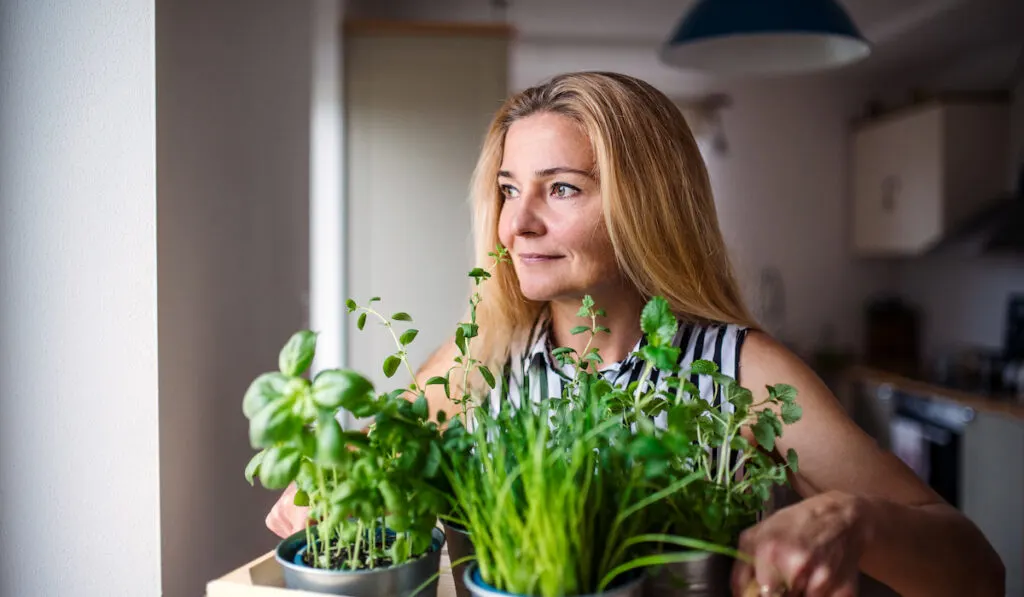
December is generally quiet in the garden as Zone 6 experiences colder temperatures. Focus on indoor gardening activities such as starting seeds indoors for early spring planting or growing herbs and greens on windowsills or under grow lights.
Harvest winter vegetables like leeks, Brussels sprouts, and winter squash. Plan and order seeds and supplies for the upcoming spring season. Consider starting seeds indoors for early spring crops like tomatoes, peppers, and herbs.
Use this time to reflect on the past gardening season, research new varieties or techniques, and plan for the upcoming year by creating garden layouts and ordering seeds and supplies. Enjoy the restful period and recharge for the next gardening season.
Final Thoughts
A Zone 6 planting calendar provides valuable guidance for gardeners in this specific climate zone. It helps determine optimal planting times based on estimated last and first frost dates.
By utilizing the days to harvest information on seed packets, you can decide when to plant your crops. Planting too early or too late can have consequences such as frost damage or a shortened growing season.
With proper planning and care, gardeners in Zone 6 can enjoy a bountiful harvest throughout the year.
Resources
- https://www.masterclass.com/articles/zone-6-plants
- https://empressofdirt.net/spring-when-plant/
- https://www.lovetoknow.com/home/garden/gardening-zone-6
- https://www.gardendesign.com/how-to/frost-date.html
- https://www.motherearthnews.com/organic-gardening/indoor-seed-starting-tips-calendar-zbcz1401/
- https://www.asiafarming.com/massachusetts-vegetable-planting-calendar-ma-month-wise-garden-guide-for-fall-winter-spring-summer-zone-5-zone-6-and-zone-7
